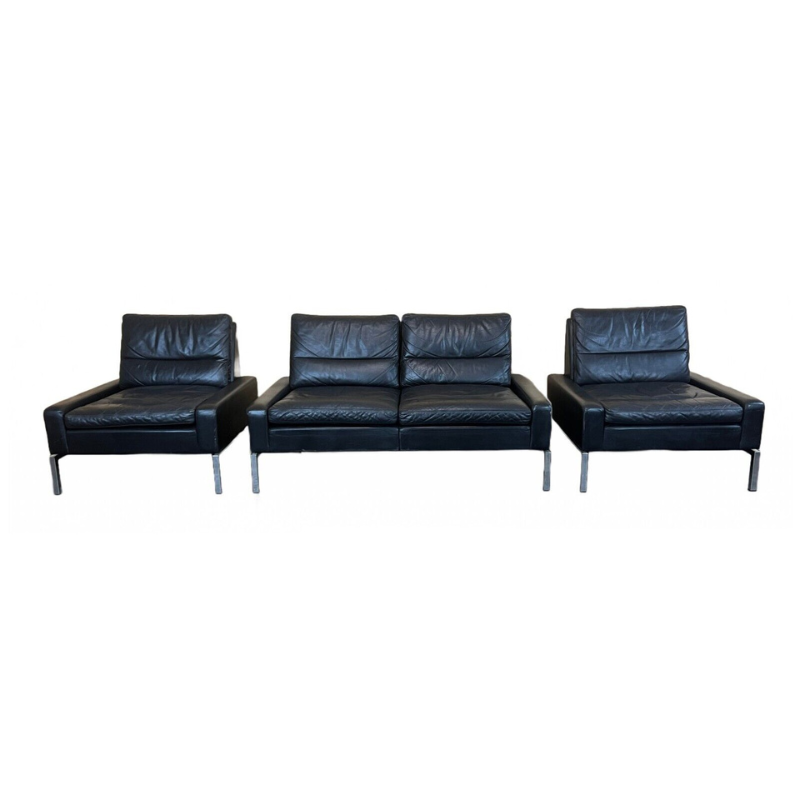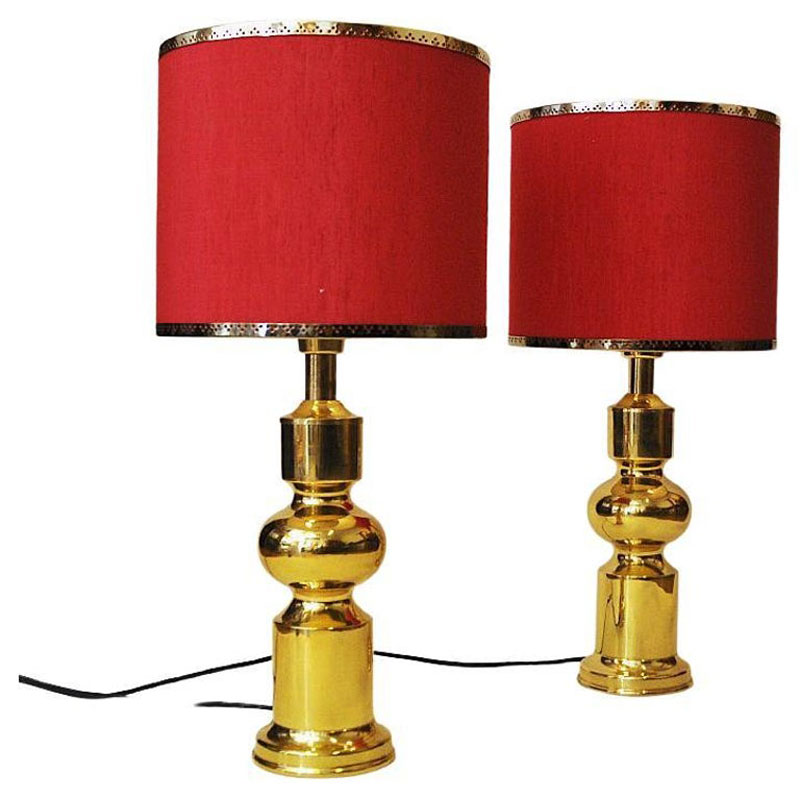I'm not usually sucked in by high concept design or architecture (at least not knowingly), but Byoung Cho's buildings really spoke to me when I saw them in the 4.06 Dwell.
If a designer/architect's effectiveness is to be measured at all in terms of how near he/she comes to achieving his/her conceit (and it should be one of several of the standards used in measuring the quality of one's work), then Cho's work is exceptional at least in this regard.
Cho's hook is to design structures in a way that drains them of looking designed and makes them appear as if they had been sitting there for a long, long time. Ordinary folk could have a good long laugh at this idea, but what he builds would no doubt stop the laughing as they saw their unheralded past held up before them so unblinkingly.
His buildings succeed in his aim, at least in my eyes. Whether this is worth doing is debateable (fwiw I think it is), but his achievement of this conceit is unarguable to me.
In a way that I find intriguing, Cho seems to me to be paradoxing his way past the Matrix of the information age. He is reaching back not so much temporally as spiritually, if I may dare to tread metaphysically for a moment.
I found this approach quite like the poet T.S. Eliot's efforts to drain his early poem's of himself in order to make poems of temporal paradox that have a timeless quality to them (I am thinking here especially of The Waste Land). These poems of Eliot's middle period were both ancient and modern. Their narratives jumped around in time and place, being both here and there, then and now, now and always. They were made to seem modern utterances that could have been echoing for a thousand years.
Interestingly, Eliot's and Cho's effects seem most similar during Eliot's middle period of exploring Buddhism. It would not be reaching to say there are some Buddhist metaphysics underpinning Cho's work and sensibility, too--perhaps more and probably more authentic than in Eliot's poetry. Cho came from the East. Eliot merely studied it.
On Byoung Cho Pt. 2
Among western architects (I know virtually nothing about truly eastern architects), Cho reminds me most of Louis Kahn. Kahn too sought to make new things look timelessly old, though he preferred them to look like stuff out of classical antiquity revived and resurrected in a present moment. Or once, in Bagdad or Islamabad, I think it was, he tapped into some kind of an ur-classical antiquity. And Kahn liked to bring things from silence to light--a strange but resonant transcending of two senses that one gets when one looks into the half lighted half darkened voids of his structures.
In contrast, Cho likes to emulate the undesigned quality of certain decrepit prairy structures less than a century old located near Bozeman, Montana. He finds something noble about these barns and grain elevators and stick houses. He finds the undesigned (perhaps more accurately the plainly engineered) look of it inspiring.
It is this interest in evoking those decrepit, but fundamentally functional and minimally or completely unadorned prairy structures that spoke so deeply to me. I have looked at those kinds of building thousands of times and felt moved by them without being able to rationalize what they were saying to me.
I grew up in eastern Kansas and spent much of my childhood weekends at grandma's house in a farm town. These old prairy buildings were vacant and decaying all around the eastern plains at that time. And there was something dramatic, or maybe epic would be more accurate, about these humbly unpretentious buildings decaying here and there around me. They were silent. They were old. They were built by brave, scared poor persons (but don't call them peasants or their ghosts will haunt you forever) taking on the fantastic, laborious, and dangerous risk of trying to survive in a wilderness. They were not angels. They were not experts. Most had little or no education at all. They were humble, but defiant of much custom and rightfully skeptical of most authority. And the severity of climate and arduousness of eeking out a living knocked much of the pretence and most of the impracticality from them. The buildings they built were authentically minimalist; that is, they didn't have much to work with in the way of expertise or materials and they had to make what they had to work with go as far as it could. Their lives usually depended on these structures in some basic way and so they were built to last as best they could be made to last (and indeed they outlasted the very way of life that produced them, though not by much more than a century).
On Byoung Cho Pt. 3
I now live in an area of central California that has many of these kinds of buildings. As they slowly rot away into silent, empty collapse, they
are in fact America's humble democratic equivalents of the great hilltop ruins of medieval Europe and of classical antiquity. They are the only physical remnant left of an impossibly optimistic, free and hopeful, but yet utterly gone way of life that preceded our current increasingly urbanized, centrally planned, coerced and comfortable era of the early 21st Century. What these structures represent is almost as far removed from contemporary America as a Druidic mound is removed from contemporary Ireland. Yes, we came from that stock, but we don't really know what they were about anymore, except in some mythical way. Things change that fast in America. We so compress time and process in America that things barely a century old here can seem as ancient as Native American ruins 400 years old.
My grandfather built a grain elevator quite like the one that is pictured in Dwell, but the wood timber frame under its corrugated tin skin caught fire and burned to the ground. It is gone and I wish it weren't.
My great grand father built a barn not unlike the one pictured in Dwell. I worked around the ruin of it in my childhood until my father decided it had become a fire hazard and torched the remains in a controlled burn. It is gone and I wish it weren't.
Cho may be speaking to a small audience, but I am in it and his work speaks clearly to me.
I don't know if I would like to live and/or work in his buildings. I don't know if I would want other architects to emulate him. I'm not sure if what he is talking about is the touching of a live root of civilzation, or the eulogizing of a dead end of cultural wreckage, as was the case in Eliot's mid period poetry (Eliot left Buddhism and Waste Land like poetry behind for the slightly more ornamented but also more severe quest of Christian saintliness in verse --to wit Ash Wednesday and The Four Quartets).
But Cho's work speaks to me. Oh, how it speaks to me.
byoungs web page
byoungs web page is www.byoungsoochoarchitects.com
http://www.byoungsoochoarchitects.com
Thanks for the link...
The web site must present a real design problem for Byoung Cho. How do you make a web site look like its been there forever, when the net is so young? 🙂 Regardless, I like the spareness of the web site. It makes Google's portal seem possitively complex and baroque. The man does like the essense of things, doesn't he?
Wow.
A picture's worth a thousand of even Mr Wilson's well-chosen words -- eh ?
Had a little trouble getting past the [minimal !] door of the [handsome] site, but it was surely worth it.
Beautiful stuff sez I. Clever photog has left doors ajar, a rarity in his field, which helps "explain" the architecture. Beautiful sliding two-sash windows, and great site work, are lasting impressions. . .
anyone else a little irked?
i personally wasn't a fan of the scrolling - what if i want to compare the view of the first photo with that of the last in a series covering a building? i have to scrolllll very slowly. I can see how someone might argue that it forces you to "experience" the images at that pace - but I still think it is annoying, and see it as sacrificing a good scroll for a certain aesthetic - but even with the annoying as scroll, I still put up with it to look at the buildings - byoung you beautiful bastard...
True. . .
and it took several tries to get to the options page to select the projects.
Nice stuff, though, right ? The country farm collective housing was particularly impressive to me -- and the "moon-viewing" house. . .and the concrete textured by formwork of bandsawn (?) vertical sticks
I also liked the architect's descriptions of his projects: informative and evocative, without any pretension.
If you need any help, please contact us at – info@designaddict.com









